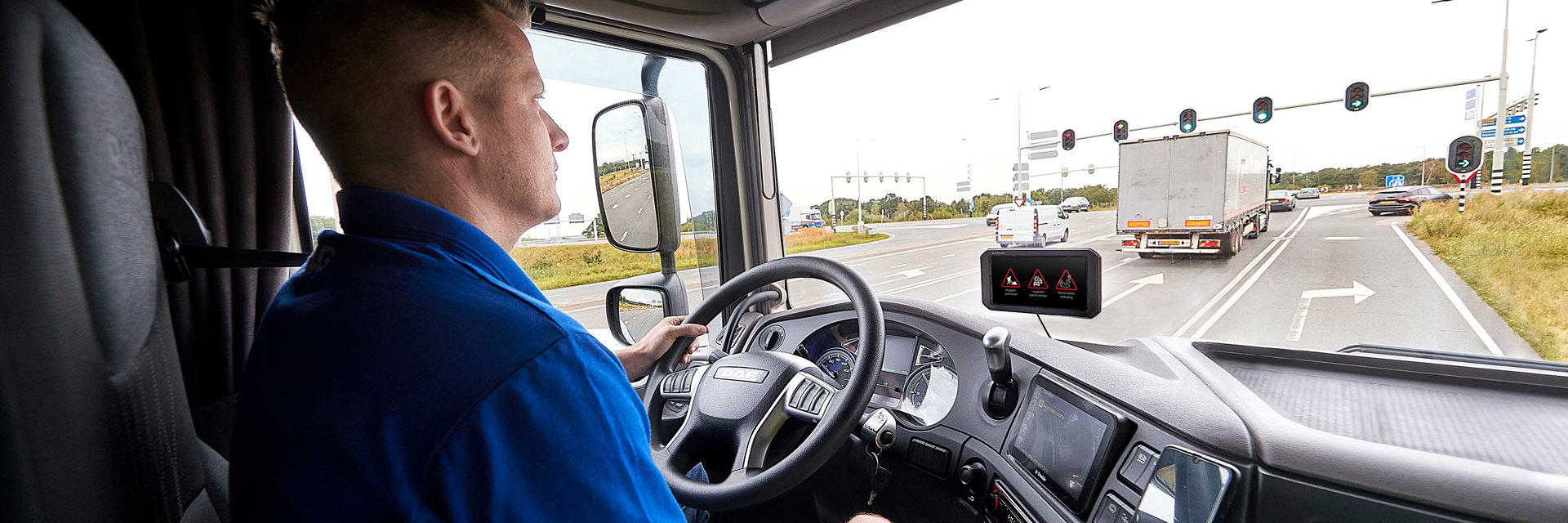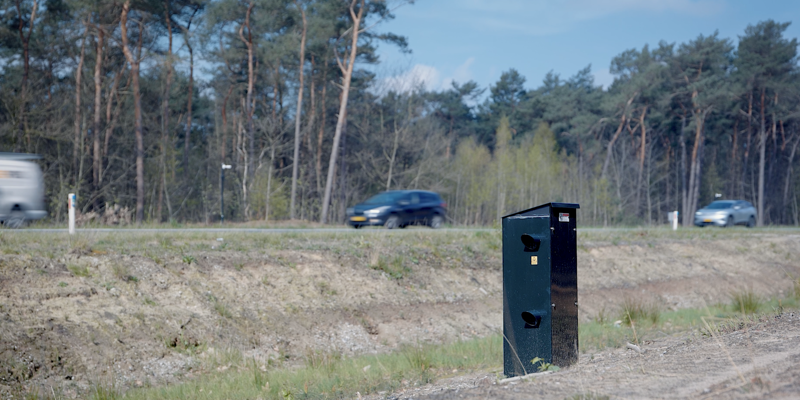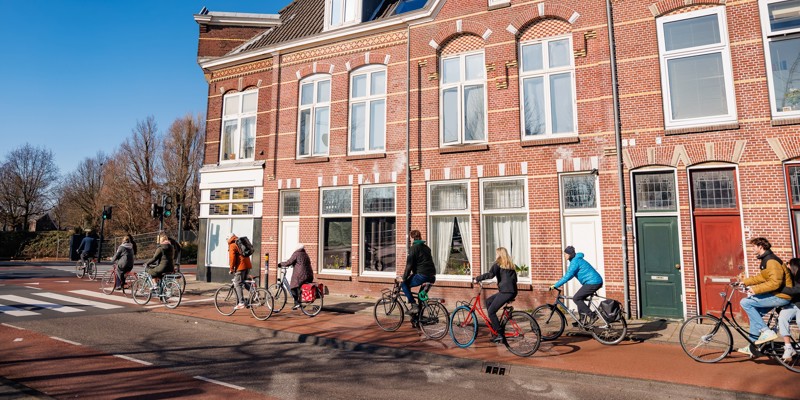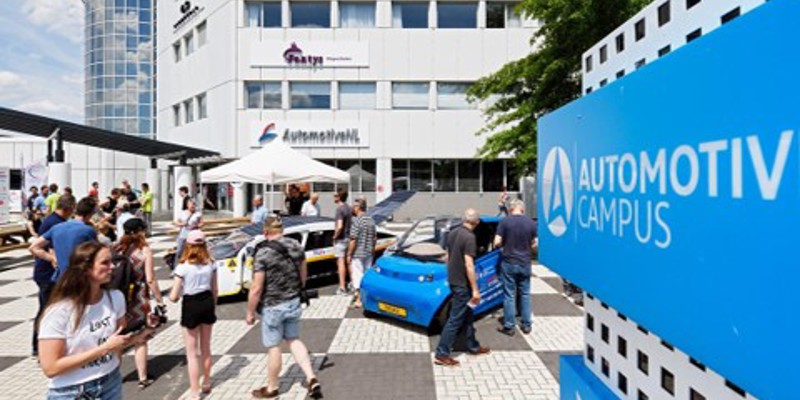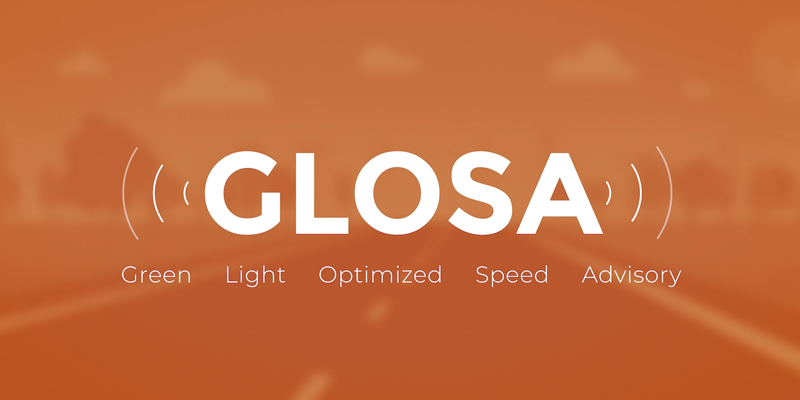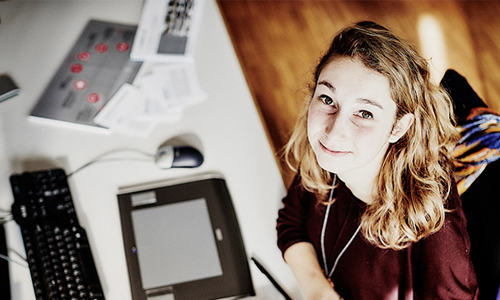
The SmartwayZ.NL projects have to tackle various large, complex issues by grabbing the bull by the horns. How, for example, do you match consumers and providers of mobility services which do not yet exist? And how do we make the N279 between Veghel and Asten future proof?
You can approach these issues in different ways. SmartwayZ.NL's core values are enterprising and innovative, cooperative and open, flexible and versatile. And design thinking is all of these! Cooperation with a design agency can change your perspective because designers look at problems differently. Where conventional problem solvers first carry out an extensive analysis and break a problem down into small bits, design thinking is characterised by an integrated approach which explores both the problem and the future solution at the same time.
The user is the key element
Designers rapidly translate their ideas into a tangible form and, moreover, they are used to looking at consumers from an empathic point of view and putting them centre stage. This approach is eminently suitable for public social challenges or ‘social design’. The great thing about the method is that it not only addresses and formulates a problem in a concise step-by-step plan but also touches on the underlying deeper needs (the themes) of the people it is really about.
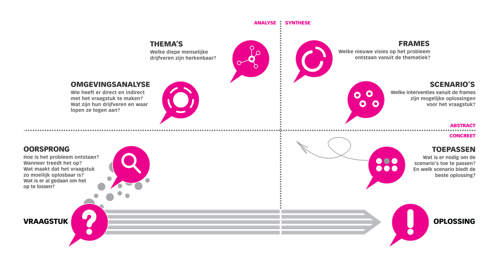
N279 Veghel-Asten
Social design thinking is one of the approaches used for the N279 sub-project. What do stakeholders feel with respect to the road? How do they use it? What are their general ideas and needs? Via focus groups of six to eight people, we learn stakeholders' insights and motives. These groups consist of representatives of companies, employees and residents who live either in the vicinity of the existing section or the proposed diversion. We also speak to six different stakeholders about the project in the form of interviews to obtain an even better picture of the situation. By involving stakeholders in the plans at an early stage, you can create commitment and obtain insight into their wishes and requirements, which can then be incorporated into the solutions.

